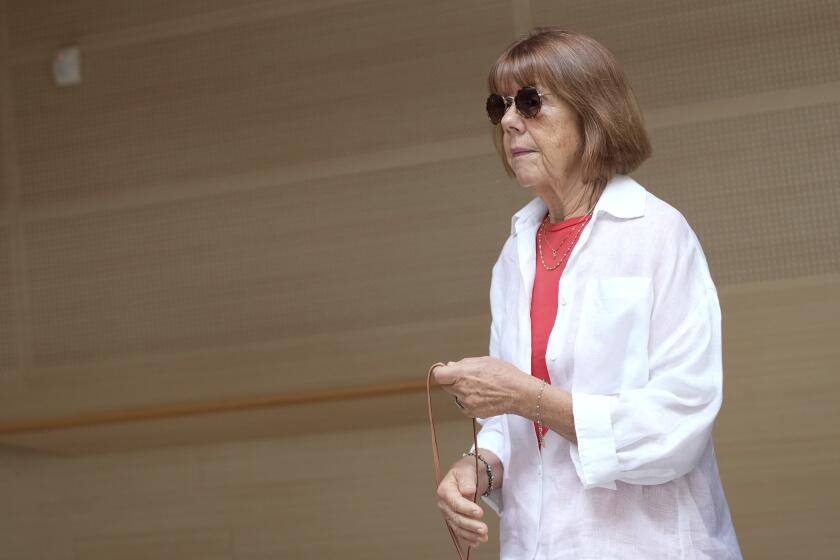Afghan Turnout Is Put at 50%
About half of registered Afghan voters turned out for this weekend’s parliamentary election, a sharp drop from last year’s landmark presidential vote, polling officials estimated Monday.
Early indications suggest that around 6 million of about 12.5 million eligible voters went to the polls Sunday, said chief electoral officer Peter Erben, who called the turnout “satisfactory.”
If that estimate holds through the final count, voter participation will have dropped almost 20 percentage points compared with October’s balloting, when Afghans elected President Hamid Karzai by an overwhelming majority.
“Afghanistan deserves a fair hearing,” Erben said. “And we shouldn’t hold Afghanistan to any higher standards than we hold all other democracies.”
Election workers are set to begin counting ballots today. Final results are not expected for at least two weeks.
In interviews during the election campaign, Afghans who said they didn’t plan to vote cited several reasons, such as disgust with warlords on the ballot, confusion over the number of candidates or apathy.
Erben said “the most historically correct” explanation for the decline is that the enthusiasm following a first election after a war usually abates by the second.
In Bosnia-Herzegovina, 70% turnout in the first postwar election in 1996 leveled out to about 55% in the next, he added.
“In a parliamentary election such as this, the choice is much less tangible for the voters,” he added. “And we often see a somewhat lower turnout as a result of this.”
U.S. reaction to the turnout was enthusiastic. “I think one thing about democracy is people are free to vote or not to vote,” U.S. Ambassador Ronald E. Neumann said Monday. “If they voted in lower numbers, we will have to find out why. There could be many explanations. I don’t know what they are.
“Certainly, it was not violence that kept people away from the polls. It was very quiet yesterday.... It was certainly not the complexity of the ballot, either.”
Eighteen candidates ran for president last year. In Sunday’s vote, almost 5,800 candidates competed for 249 seats in the lower house of parliament or for positions on 34 provincial councils.
Party names were not included on the ballot. Instead, the candidates’ photos and party symbols chosen by lottery were supposed to help voters identify their choices in polling booths.
Neumann praised Afghan security forces, as well as efforts by the Pakistani military to control its side of the border, which he said helped reduce insurgent attacks.
“The violence was quite low, and it did not affect the successful conclusion of this really remarkable event,” the diplomat said.
Sunday’s vote was the last major step in a transition to democracy mapped out at a summit of Afghan leaders four years ago in Bonn, Germany, when U.S.-led coalition and Afghan forces were fighting to topple the Taliban government.
“When the Bonn document was signed, it seemed to many people that it was almost too ambitious, that it would be very difficult to reach these timelines,” Neumann said. “And in fact, now we have done it. The Afghan people have done it. The Afghan government has done it. And it almost seems routine.”
But, the ambassador added, the U.S. is “committed to see this project through, and now we have to look forward.”
The United States and other foreign governments are discussing holding another summit to agree on the next stage in the enormous task of building the stable institutions and economy Afghanistan needs to survive, Neumann said.
The Bush administration and other governments are working out the details, but they are expected to include more development aid, he added. The U.S. already has committed close to $5 billion for Afghan reconstruction since 2002. That includes support for agriculture, healthcare, education, highways, power plants and flood control projects.
More to Read
Sign up for Essential California
The most important California stories and recommendations in your inbox every morning.
You may occasionally receive promotional content from the Los Angeles Times.










